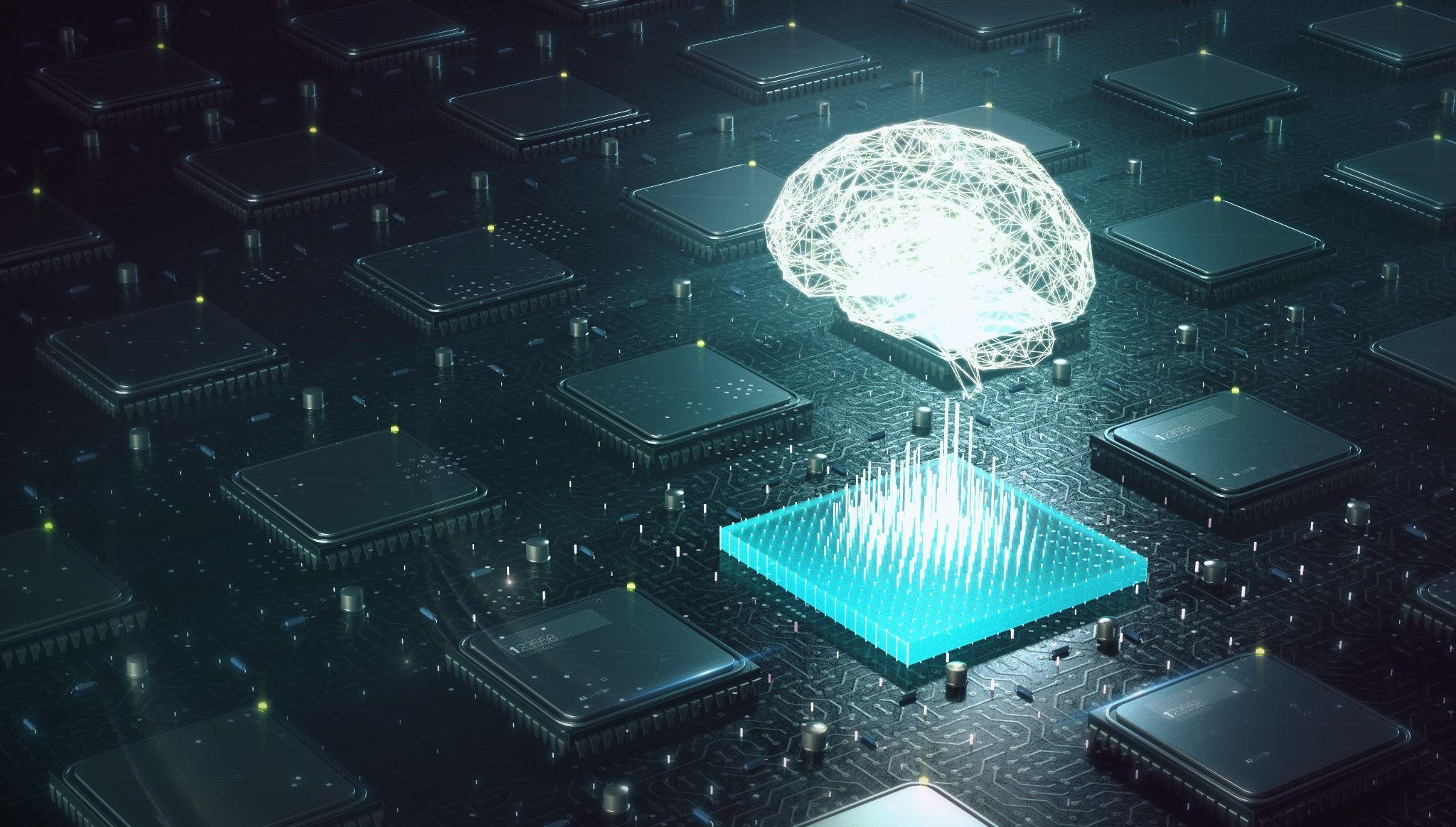Glossary
Deep learning
In a previous definition we explored the concept of Artificial Intelligence. Let’s continue to try to demystify the exciting concepts associated with this field.
Today, we are accustomed to receiving personalised ads, using machine translation software or making sophisticated searches on the Web. Behind all these small seemingly innocuous actions there is actually an advanced technology hiding: deep learning.
What is deep learning?
Deep learning is a type of artificial intelligence able to learn by itself and to carry out actions without receiving direct instruction. It imitates the operation of the human brain to establish links between information and to recognize objects, to sort data and to understand the language.
How does deep learning work?
Deep learning is a network of artificial neurons which receive and interpret information. It functions by layers: each layer decodes additional information while being based on the preceding layer. For example, the system initially will decode a letter, then a word, then a sentence, then a text…
Just like a human brain, the deep learning learns from its errors: each bad answer is eliminated, and the mathematical model is consequently adjusted not to repeat it. The program learns without having received instruction: for example, it can recognise a smile without being taught the concept to smile.
Deep learning needs a lot of data to learn: the more experiences it has and the more feedback it receives, the more powerful the programme will be.
Deep learning, a necessity in the era of big data
The invention of computers and Internet led to an explosion of data, which quickly became too much to be sorted by the humans. The data bases are so gigantic today that one would need hundreds of years for human to analyse them: it is what’s called big data.
To create algorithms able to process all this data and to withdraw important information from it is therefore the priority of the major players of the digital era, like the GAFAM (Google, Amazon, Facebook, Apple and Microsoft) which invest enormously to develop this technology.
Technology with many uses
One of the most famous examples of deep learning is AlphaGo, the algorithm developed by DeepMind (a subsidiary of Google) which beat several Go game champions after analysing thousands of human games.
But deep learning has many other applications and is in fact already an integral part of our daily life. When you do a Google search, you are using a deep learning algorithm. When Facebook shows you an advertisement related to a topic that interests you, it is also deep learning.
It is also found in the programmes of:
- Face recognition
- Automated social media moderation;
- Detection of fraud and money laundering;
- Chatbots
- Intelligent robots;
- Autonomous cars;
- Translation
- Financial forecasting
- Product recommendation;
- And many others.
Deep learning: a branch of artificial intelligence
Deep learning, artificial intelligence and machine learning are often confused. In reality, deep learning is only one branch of machine learning, which is itself a branch of artificial intelligence.
- Artificial intelligence is the science that seeks to create computers capable of thinking and acting like humans.
- The purpose of machine learning is to make computers independent so that they can perform tasks without having received specific instructions.
- Deep learning allows an algorithm to learn and act on its own thanks to artificial neural networks that mimic the human brain, and which make it possible to establish relationships and identify causes that remain undetectable by humans
The place of deep learning in business
Deep learning is taking more and more place in business, whether in multinationals or small businesses. Online sales, the use of social networks to promote products or services and the digitisation of finance have made the use of big data and deep learning inseparable from business life. And in an economy that wants to be more and more digital, it seems that this trend will continue to gain momentum.
Understanding deep learning, how it works, and its challenges is no longer the sole domain of IT: managers and players in the business world must master this notion in order to make the best use of the technology at their disposal, “to open up possibilities”. develop a competitive advantage.
NEOMA Business School prepares you for this digitalisation by giving you the keys to understanding and using deep learning, as well as the impacts on all the major business functions: Finance, Marketing, Supply Chain, Strategy in its general or specialised programmes.




